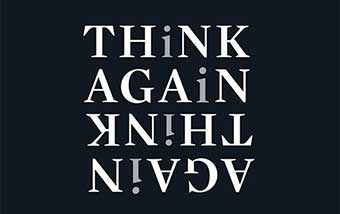Vincent
New York Review of Books, March 25, 2010, “The passions of Vincent Van Gogh“, Richard Dorment.
Vincent Van Gogh is the archetype of the troubled artist, the insane person whose insanity empowers creativity in his art. Craziness is part of being creative, so it goes. Yet, does it? In Vincent’s case, his art was a compensation, it helped make him sane, and when it was assaulted, his sanity and art were broken.
Vincent Van Gogh was eccentric, and socially very difficult. His social failures haunted his life. Life is a search by the self for effectiveness, a niche, ‘something that works’. People are driven to find a sense of mastery, a feeling that they can accomplish what they need. Vincent was no different. But he failed at teaching, at preaching, at romance, and at friendship. His only enduring connection, his brother, encouraged him to do art.
Once he focused on art, he became an ardent learner and self teacher, and he spent hours drawing, painting, and studying other artists, in circumstances of destitution and despair. And then by chance, he went to Arles. There, with his skills developed, his gifts of concentrated perception could match the rich, visual beauty of sunny southern France. He found artistic flow, and produced great works of intensity and power.
In the Hermitage, in St. Petersburg, Russia, in a small side room, with a silent babushka attendant in the corner, one comes upon Landscape with Carriage and Train in the Background, painted the year of his death, 1890. One is drawn to faint brush lines, along side the wagon wheel of the carriage, crude strokes of dark color on the whitish road. One slowly realizes they are shadows. . . on water, and the road is . . .wet! . . . And then, with a jolt, one sees that the green fields are wet, it has just rained and there is the smell of wet grass.
It is no mystery that during his time in Arles, he did many self portraits and portraits of others. He was literally building a personal self. His growing confidence led him to seek artistic and personal connection from other artists.
Unfortunately, it was Gauguin who came to visit. A misanthrope and narcissist, Gauguin had little inclination to feel sympathy or regard for others. He left his wife and family without support, to do what he pleased. Far from engaging Vincent, he relentlessly criticized him, and questioned his methods and his work. He tried to change Vincent’s expressionism, his manner of painting what he saw – the very essence of his art. Gauguin wanted egotistical symbolism, nihilistic sentiment.
After nine weeks with Gauguin, Vincent drew a knife towards him, but then retreated in panic and later cut himself. He cut off his own ear. Gauguin left Arles. Vincent eventually committed suicide.
Did the vain Gauguin need to undermine a superior talent?
In Vincent’s last painting, Wheat Field with Crows, menacing black crows descend on the yellows, reds, and blues of southern France.


